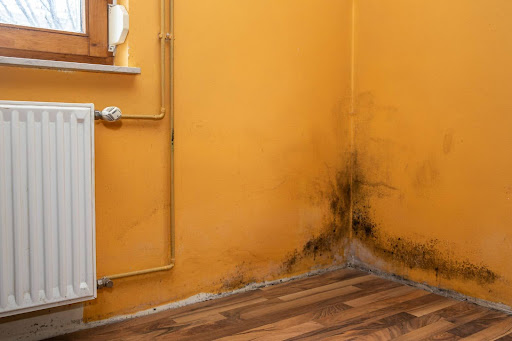While it’s only natural to think of outdoor smog and pollution as air quality issues, the truth is that the air we breathe indoors can also be poor. So if that’s the case, what causes poor indoor air quality?
There are a variety of reasons why the air inside of our homes can be hazardous to our health. Let’s take a look at five causes of indoor air problems and why they should never be neglected.
Dust
Excessive dust is a prime source of indoor air pollutants that can significantly degrade indoor air quality. Dust particles, accumulating on various surfaces and circulating through HVAC systems, carry allergens and microorganisms that may trigger allergies and respiratory issues. To combat these health effects and improve indoor air quality, regular cleaning should never be forgotten.
Pet Hair
Pet hair contributes to poor indoor air by adding to the load of indoor pollutants that HVAC systems must filter. When pets shed, their hair and dander become airborne, which can potentially exacerbate asthma and cause allergic reactions.
Some effective strategies to combat this include grooming pets regularly and investing in high-efficiency air filters to capture these particles. These practices can help reduce indoor air pollutants and enhance indoor air quality by preventing the buildup of pet hair and dander.
Mold Spores
Mold growth indoors — fueled by moisture and inadequate ventilation — releases spores that deteriorate air quality and can lead to serious health problems such as headaches, dizziness, and fatigue. To address these indoor air quality problems, it is important to control humidity levels, promptly repair leaks, and ensure an adequate supply of outdoor air circulates within your building. Identifying indoor air sources like mold and implementing strategies to mitigate their impact will help you maintain a healthy indoor environment.
Volatile Organic Compounds
Volatile organic compounds (VOCs), emitted by building materials and furnishings such as pressed wood products and air fresheners, are major causes of poor indoor air quality. These compounds can cause long-term health issues, including liver, kidney, and central nervous system damage.
Reducing exposure to indoor air pollutants depends on improving ventilation and choosing low-VOC products. These measures can significantly reduce indoor air pollution and help maintain healthier indoor environments.
Tobacco Smoke
Tobacco smoke is one of the most harmful indoor air pollutants, as it introduces carcinogens and carbon monoxide into your home. Exposure to tobacco smoke can cause respiratory infections and exacerbate asthma conditions.
As such, preventing smoking indoors is a vital step to preventing these detrimental health effects and maintaining clean indoor air. The amount of outdoor air coming indoors can also be managed through improved ventilation, which dilutes harmful pollutants like tobacco smoke.
Radon
Radon is a natural radioactive gas that infiltrates homes through cracks in foundations that poses significant risks to indoor air quality. As a leading cause of lung cancer among non-smokers, radon exposure is a serious issue.
Testing for radon and improving the seal of your home can effectively reduce levels of this dangerous gas and enhance the safety of your indoor environment. This process involves ensuring that outdoor air replaces indoor air adequately, which helps prevent radon from accumulating to hazardous levels.
If You Need to Improve IAQ in Your Home, Give Us a Call
Worried that your home has indoor air pollutants? Reach out to Air Supply Air Conditioning and Heating! We offer air filter and purifier, duct cleaning, and other IAQ services to make sure the air you breathe is clean and healthy. To schedule one of our services, get in touch with us today.


